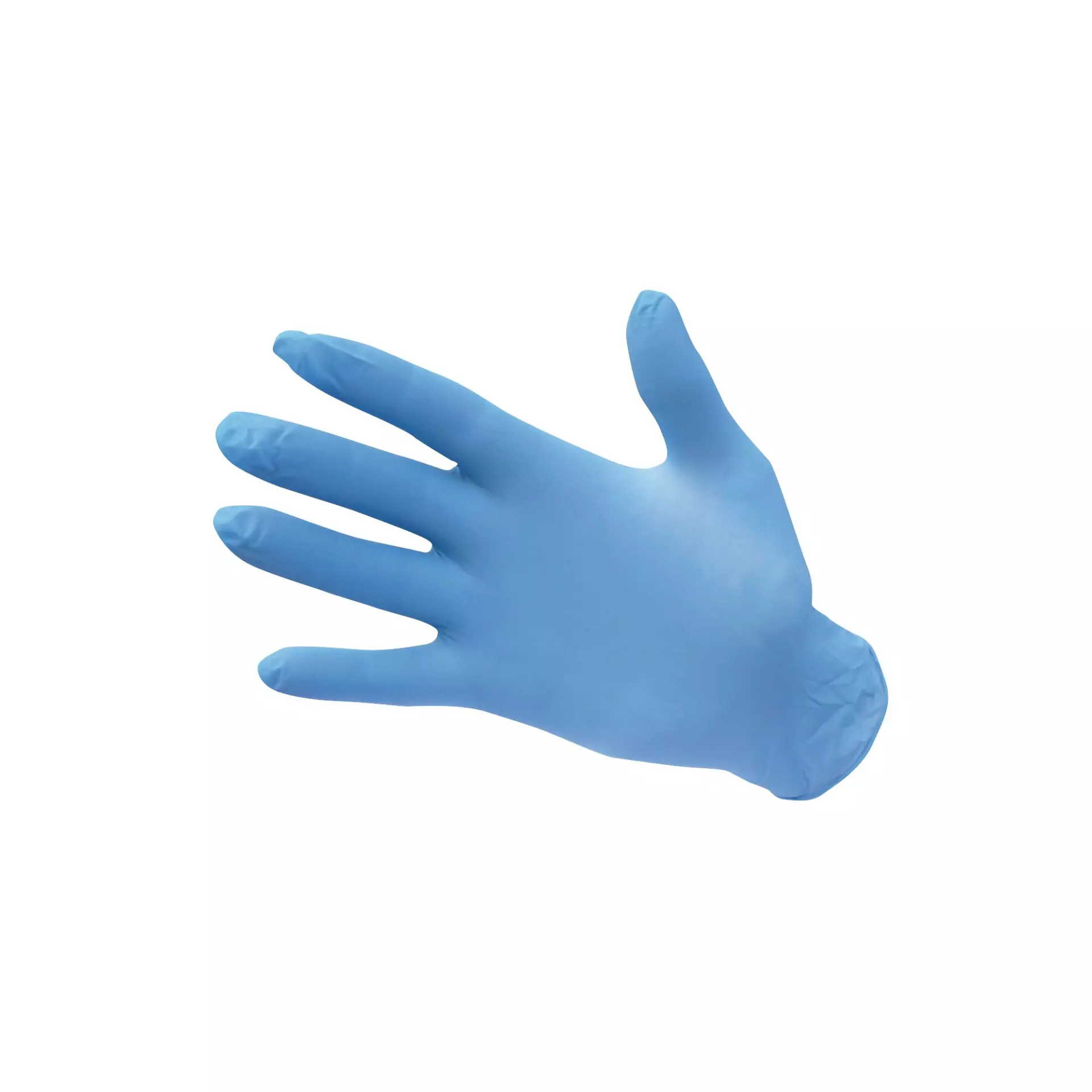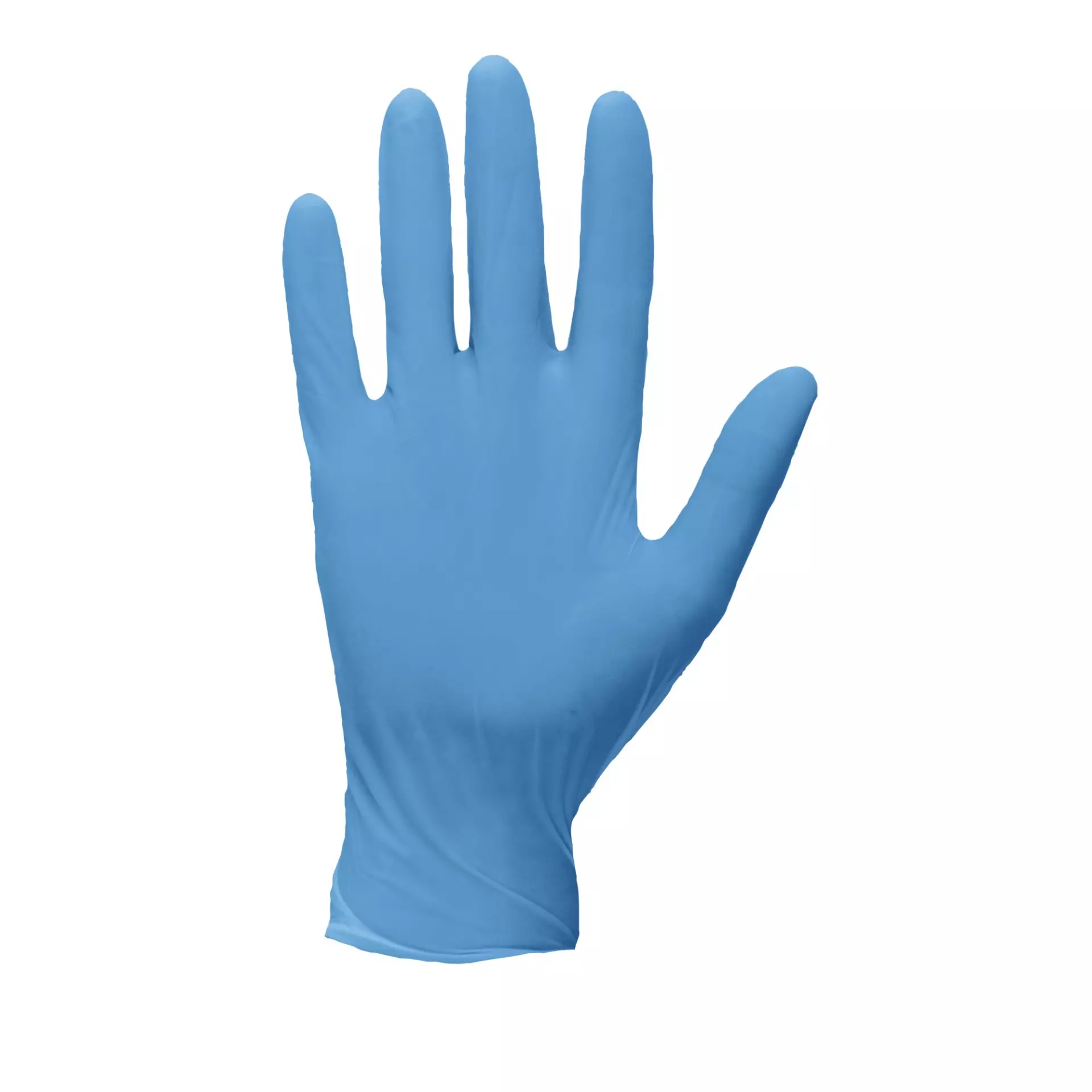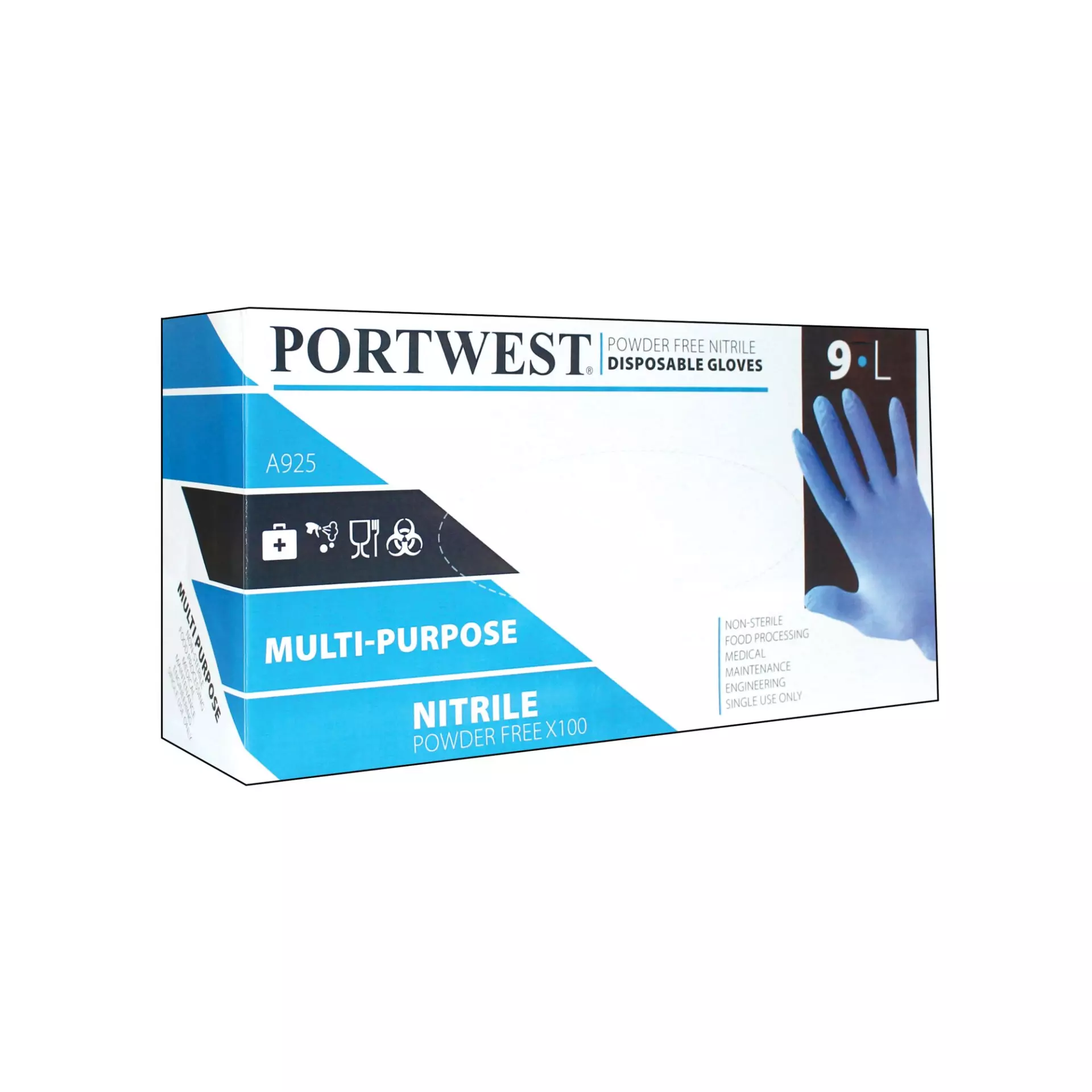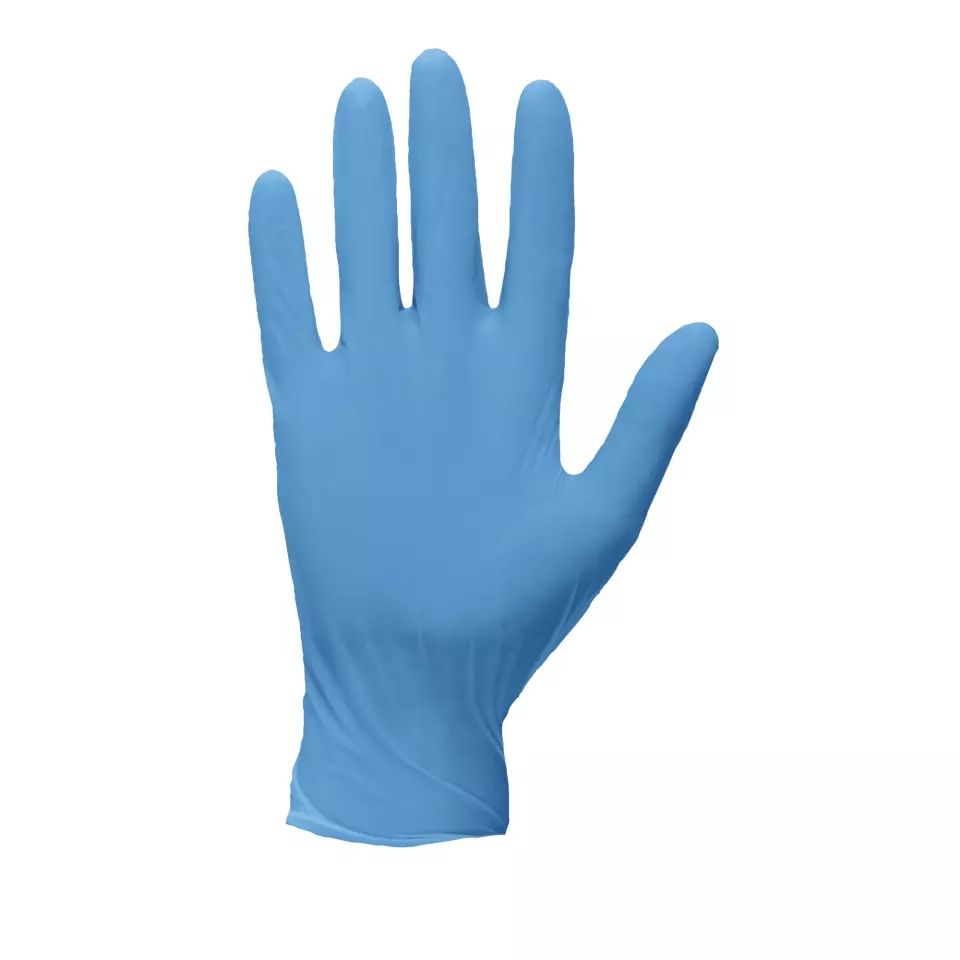


Features You'll Love

Fingertips · Smooth
Describes the surface texture of the fingertip area, affecting grip strength and tactile sensitivity during use.

Surface · Smooth
The texture of the glove exterior, affecting grip strength and handling capability for different tasks and working conditions.
Portwest
Powder Free Nitrile Disposable Glove, Blue, 30 x 100 pcs
Powder Free Nitrile Disposable Glove, Blue, 30 x 100 pcs
4.5 / 5
28,38 €
Price per 100 pcs
28,38 € / 100 pcs
Shipping fee is 7,94 € for orders under 80,00 €
Features You'll Love

Fingertips · Smooth
Describes the surface texture of the fingertip area, affecting grip strength and tactile sensitivity during use.

Surface · Smooth
The texture of the glove exterior, affecting grip strength and handling capability for different tasks and working conditions.
Product description
These powder-free disposable gloves are manufactured from synthetic nitrile rubber, eliminating the risk of allergic reactions associated with latex gloves. The smooth, non-textured surface with beaded cuff provides reliable protection and comfort for extended wear. With enhanced fingertip grip and dexterity in both wet and dry conditions, these gloves are particularly suited for food processing applications where resistance to greases, animal fats, and oils is essential.
Product Features:
- Manufactured from synthetic nitrile rubber
- Powder-free construction eliminates latex allergy risks
- Smooth and non-textured surface with beaded cuff
- Enhanced fingertip grip and dexterity in wet and dry conditions
- Resistant to greases, animal fats, and oils
Technical Details:
- Length: 240mm
- Thickness: 0.07mm
- Acceptable Quality Limit (AQL): 1.5
- CE certified and CE foodsafe approved
Recommended Applications:
- Food processing plants
Standards:
- EN ISO 21420:2020 Dexterity 5
- EN 455 Part 1-4
- EN ISO 374-1:2016 + A1:2018 Type B (KPT)
- EN ISO 374-5:2016 Virus
- EN ISO 374-5:2016 Micro Organisms